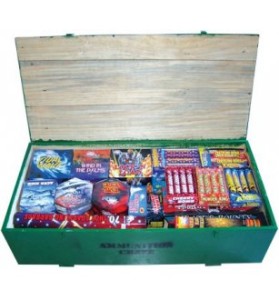
Troop 3 Scouts at Bald Hill Reservation in Boxford, MA. Left to right: John Kohler, David Butler, Terry Soule, Jim Stone, Don Ridgeway, Bill Doane & Assistant Scoutmaster Bob Baum. Photo from Bob Baum (1920-2009)
I came into Troop 3, Marblehead in early 1950 just after I turned 11, having been in a Cub Scout pack at the Old North Church. We met at the American Legion Hall on Pleasant Street, a building that first served as Marblehead’s high school and was converted to condo’s after Legion Post 32 moved to the Old Town House.
Our scoutmaster was Al Gross, then in his thirties, a veteran of World War II and a businessman who, among other endeavors, brought the first coin-operated soda dispensing machine to Marblehead. We met every Thursday evening, and under Al’s direction, lined up in ranks of four patrols, each with a leader. There was Senior Patrol Leader Tommy Hansen, Junior Assistant Scoutmaster, Barnes Ellis and Assistant Scoutmaster Bob Baum, who joined a couple of years after I did. I lead the Horse Patrol, which included Ben Chadwick, Peter Miles, David Fleming, “Pic” Harrison, Charlie Pike, Peter Gottlich and a couple of others.
Al took us to Boy Scout Jamborees at the Topsfield Fairgrounds, where we camped in tents and cooked over open fires. He taught to prepare steaks in a salted frying pan and to enjoy canned brown bread. We had along a supply of waterless hand cleaner in tubes like toothpaste – a jellied substance called No-No-No which came in quantity from one of Al’s business ventures. You rubbed your hands together with the stuff until it turned into little balls of grime that you brushed off.
I found several cartons of No-No-No in the large open attic of the Legion Hall near the closet where we stored our camping equipment—the product had not been as popular as Al hoped. It might be fun, I thought, to remove the caps of the tubes, and stamp on them to see how far the stream of jellied hand cleaner would squirt. Dave Fleming and I disposed of about a dozen tubes this way, producing streams that reached no more than five or six feet.
In the fall of 1951, Dave Eckhardt, a young man from Pittsburgh, took over as scoutmaster. Like Al, he didn’t have a son in the troop, but he wasn’t consumed with business ventures as Al was. Instead, he had a full time job with Sylvania in transistor research which left his evenings free for us. We camped in the fall, spring and summer, first in Harold Parker State Forest near North Andover, Breakheart Reservation in Saugus, and then in the White Mountains of New Hampshire.

Campfire at Bald Hill, February,1956.Left to right: John Kohler, David Butler & Jim Stone. Photo from Bob Baum
I don’t remember a trip to Harold Parker or Breakheart without rain or freezing drizzle. One Sunday morning at Breakheart in the late fall, Dave Fleming cut his hand badly chopping kindling for a fire. Our Scoutmaster wrapped Dave’s bleeding hand in some cloth, loaded him into his MG Midget, and took off in search of a doctor. Meanwhile, deprived of adult supervision, we needed to get the fire started. Eckhardt carried a five-gallon jerrycan of gasoline on the back of his MG, which we saw sitting near where he had parked. The mind that thought nothing of squirting tubes of jellied goo on the floor of the American Legion didn’t hesitate to connect the five gallons of gasoline with the need for a fire. We dumped it all on and tossed in a match. We jumped back as a huge flame erupted in the wet forest. Three minutes later the camp fire went out and left us wet and shivering to wait for Eckhardt’s return. He was back in an hour with Dave Fleming properly sanitized, sutured and bandaged. After Dave’s emergency treatment, Eckhardt took him for a large green frappe which Dave proceeded to throw up. It was Eckhardt who got the fire started in the wet woods. After all, he had been an Eagle Scout and knew how. Sixty-five years later Dave Fleming still bears the scar.
Next week: Sea Scouts









